GPCR/G protein

All GPCRs share a common seven trans-membrane structure. GPCRs are associated with heterotrimeric G-proteins which are GTP-binding proteins made of alpha, beta, and gamma subunits. When a ligand binds to GPCR, it activates the attached G-protein, the GDP is replaced with GTP. The activated G-protein then dissociates into an alpha and a beta-gamma complex which activates downstream signaling pathways. These intracellular signaling pathways include cAMP/PKA, calcium/NFAT, phospholipase C, protein tyrosine kinases, MAP kinases, PI-3-kinase, nitric oxide/cGMP, Rho, and JAK/STAT.
GPCRs are one of the most important therapeutic targets for various diseases, over 30% of all modern medicinal drugs target this family. Aberrant GPCR functions are involved in pathological conditions such as neurological, immunological and hormonal disorders. A large number of GPCRs have been identified, but whose ligands are not known, are classified as orphan receptors.
-
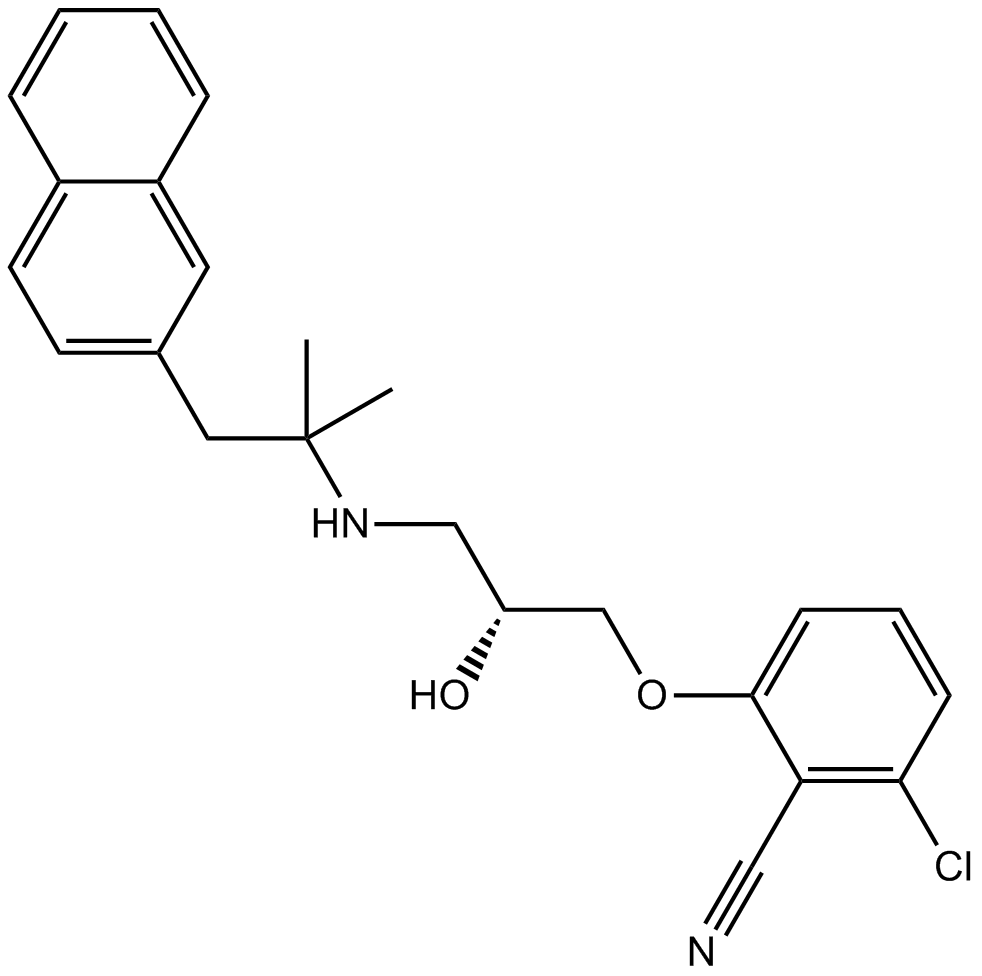 B1424 NPS-2143Summary: CaSR antagonist
B1424 NPS-2143Summary: CaSR antagonist -
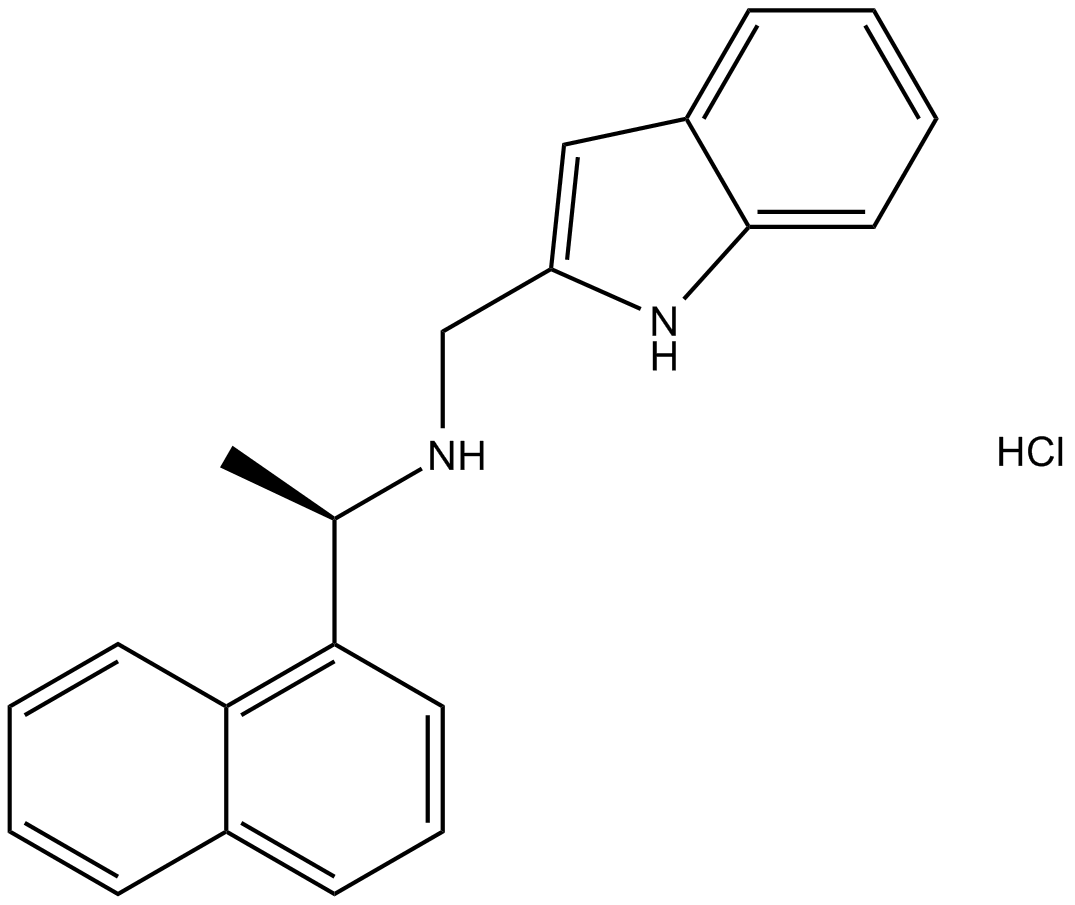 C5329 Calindol (hydrochloride)Summary: activator of the calcium-sensing receptor (CaSR)
C5329 Calindol (hydrochloride)Summary: activator of the calcium-sensing receptor (CaSR) -
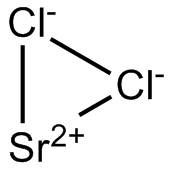 B7708 Strontium chlorideSummary: Calcium sensing receptor (CaSR) agonist
B7708 Strontium chlorideSummary: Calcium sensing receptor (CaSR) agonist -
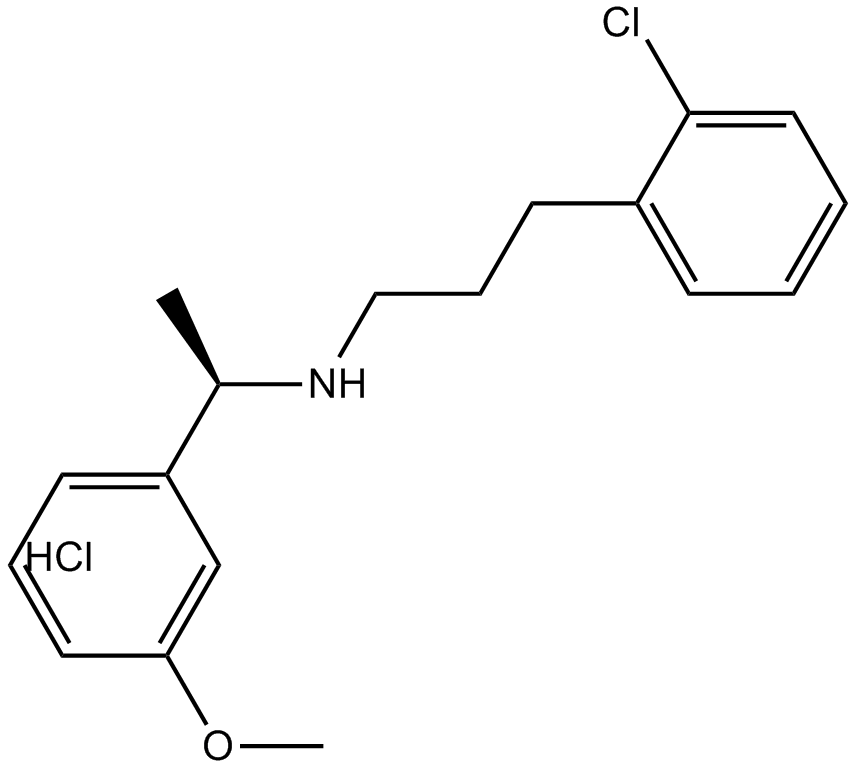 B7504 R 568 hydrochlorideTarget: Calcium-Sensing Receptors (CaSRs)Summary: Positive allosteric modulator of the human calcium-sensing receptor (hCaSR)
B7504 R 568 hydrochlorideTarget: Calcium-Sensing Receptors (CaSRs)Summary: Positive allosteric modulator of the human calcium-sensing receptor (hCaSR) -
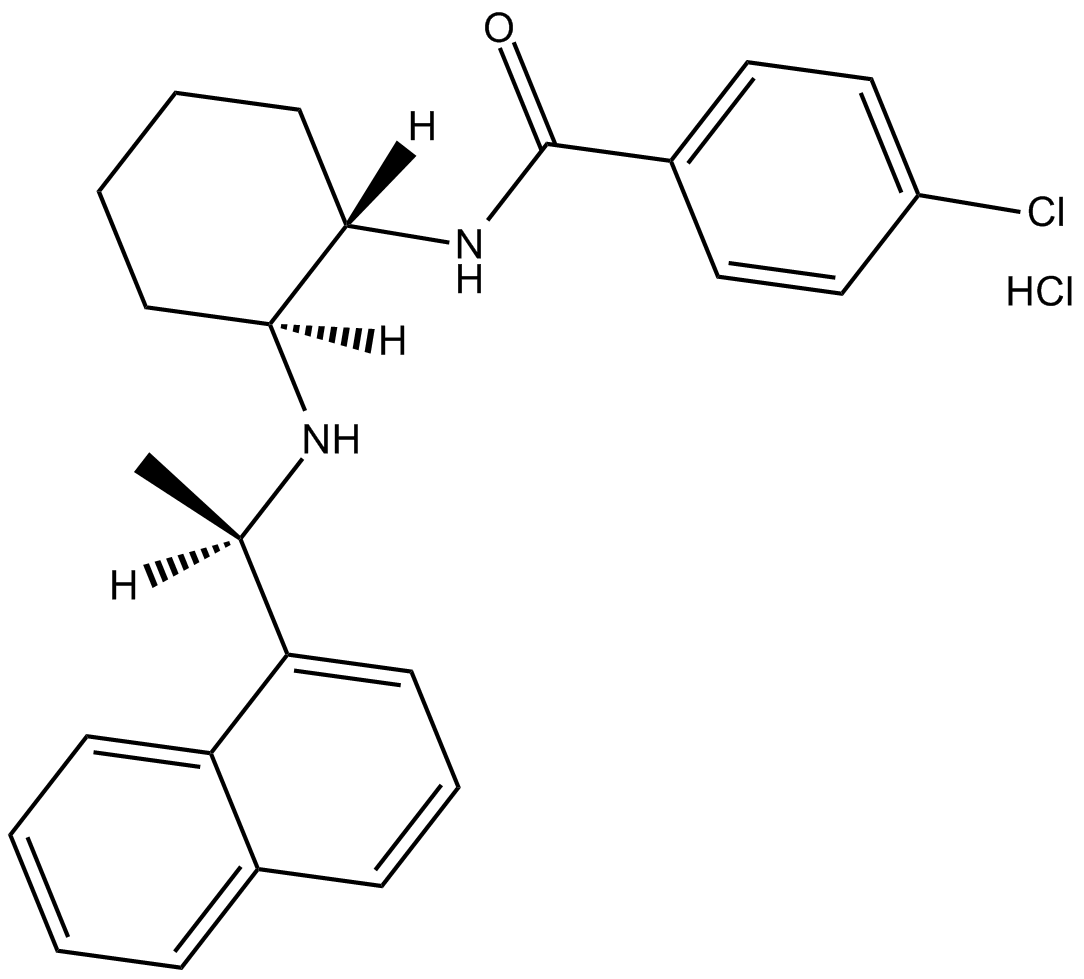 B7663 Calhex 231 hydrochloride1 CitationSummary: negative allosteric modulator of Ca2+-sensing receptor (CaSR)
B7663 Calhex 231 hydrochloride1 CitationSummary: negative allosteric modulator of Ca2+-sensing receptor (CaSR) -
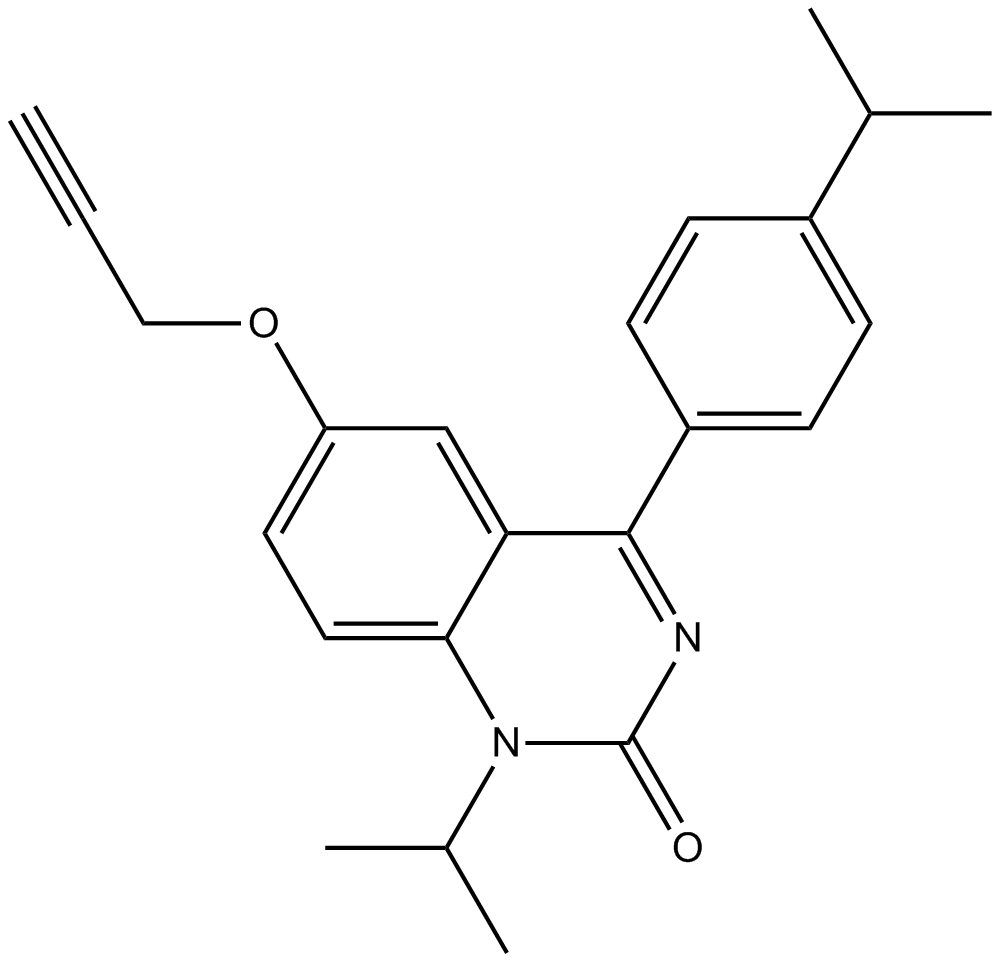 A3275 Calcium-Sensing Receptor Antagonists ISummary: CaSR antagonist
A3275 Calcium-Sensing Receptor Antagonists ISummary: CaSR antagonist -
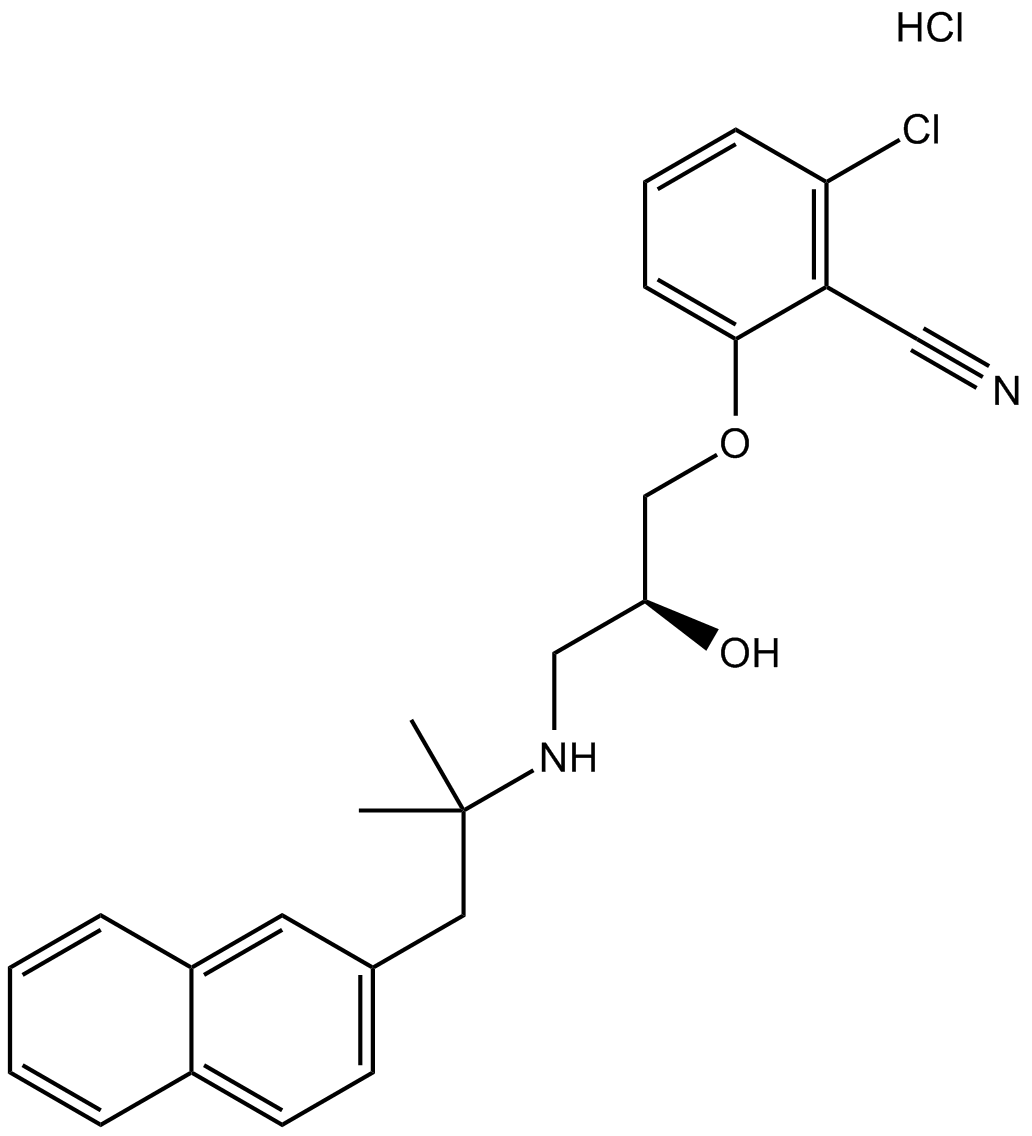 A3667 NPS-2143 hydrochlorideTarget: Calcium-Sensing Receptors (CaSRs)Summary: Calcium ion-sensing receptor antagonist
A3667 NPS-2143 hydrochlorideTarget: Calcium-Sensing Receptors (CaSRs)Summary: Calcium ion-sensing receptor antagonist

